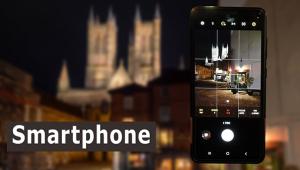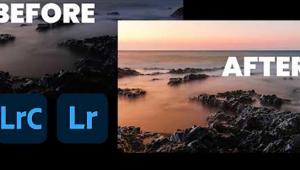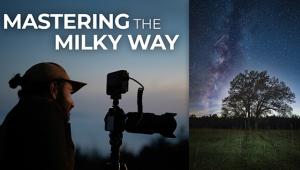Voigtlnder’s Bessa R3M And 50mm f/2 Heliar Classic Lens; A Retro Classic Page 2
Finally, there is no focusing spur or finger grip, which seems odd with a collapsible lens. Instead, there's just a 3mm/1/8" focusing collar on the fixed part of the mount. It's easy enough to use, but a spur would be even easier.
Heliars are five-glass, three-group Cooke Triplet derivatives with both the front and rear singlets split into cemented doublets, much like the APO-Lanthar; f/2 represents a remarkable speed for this design.
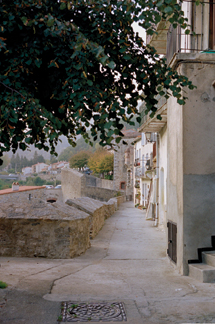 |
|
|
The diaphragm control ring is unusual, too, with f/2 to f/8 reasonably equally
spaced with click detents for half stops, then f/11 and f/16 closer together
with full stop detents only and (unlike most Voigtländer lenses) no f/22.
The distance scale (down to 1 meter, 39", only) is marked only in meters.
Like the body, the lens is engraved "1756-2006 250 Jahre."
In Use
This is, without a doubt, a purist's camera: a mechanical-shutter coupled
rangefinder with a fast (but not too fast) 50mm lens. Look at the great work
done in the '30s, '40s, and '50s with much slower films and
50mm f/2 lenses and it's easy to imagine yourself working for Time or
Life or Picture Post or Paris-Match or Stern or any of the other great picture
magazines of the past. The only risk is slipping effortlessly from purist to
poseur.
There's not much to say about the body. If you like rangefinders, you'll
like this one. If you don't know whether or not you like rangefinders,
the R2M and R3M are good cameras with which to find out.
The 1:1 finder of the R3M makes it really easy to shoot with both eyes open,
the oldest trick in the book for top-flight rangefinder shooters because it
allows you to see what is going on around you as well as what is going on in
the viewfinder. Some protest that the 40mm frame is hard to see when they are
wearing glasses, but a lot seems to depend on the shape of your face and the
thickness of your glasses. At least as many people find no problem whatsoever,
so the only way to find out is to try it for yourself. Or you can buy a screw-in
diopter lens for the eyepiece.
 |
|
|
Incidentally, the full finder outside the 40mm frame is a pretty tolerable
35mm finder, albeit with somewhat blurry edges. Alternatively, of course, buy
an R2M.
Old Heliars have a cult following, and probably this one will acquire one, too.
It's not significantly better or worse than other lenses, because by the
time you get to this level of quality, sharpness and contrast and resolving
power can all be taken for granted. It is, however, different. All lenses have
their own "signatures" and this one is more legible than usual.
Conclusions
In a sense, it's a pity that the R3M and R2M comes only as a commemorative
set with the 50mm f/2 Heliar. If you don't already own any rangefinder
cameras, the R3M/R2M are a great place to start, and the Heliar is probably
as good a first lens as any--if you like 50mm. Our own inclination for
a starter set would however be either an R2M with 35mm f/1.7 Ultron and 75mm
f/2.5 Heliar or an R3M with 40mm f/1.4 Nokton and 75mm f/2.5 Heliar.
Then again, those who specifically want a Heliar, either as a collector or to
use, must also buy an R2M or R3M body, so you might be able to strike a useful
deal to forgo the 50mm f/2...
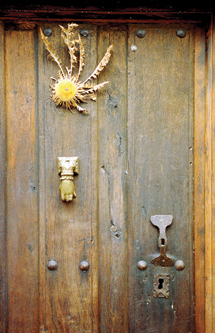 |
|
|
Only you can decide whether it is better to buy the 250 Jahre set to use as
it stands or as part of a more comprehensive rangefinder system. Either way,
it is (like all Voigtländer cameras) an incredible value for the money.
Even in the face of the digital onslaught, there is still a great deal to be
said for film, both for personal pleasure and for publication; and as film cameras
go, this is an extremely fine one.
Voigtländers are officially distributed by The Photo Village, Inc. (1133
Broadway, Ste. 824, New York, NY 10010; (212) 989-1252; www.photovillage.com)
and CameraQuest (1336 Moorpark Rd., Box 184, Thousand Oaks, CA 91360; (818)
879-1968, www.cameraquest.com).
The Bessa R3M/R2M 250th anniversary set sells for $1050 at The Photo Village
and for $1049 at CameraQuest.
For further information on the art and craft of photography from Roger Hicks
and Frances Schultz, go to www.rogerandfrances.com.
- Log in or register to post comments


























